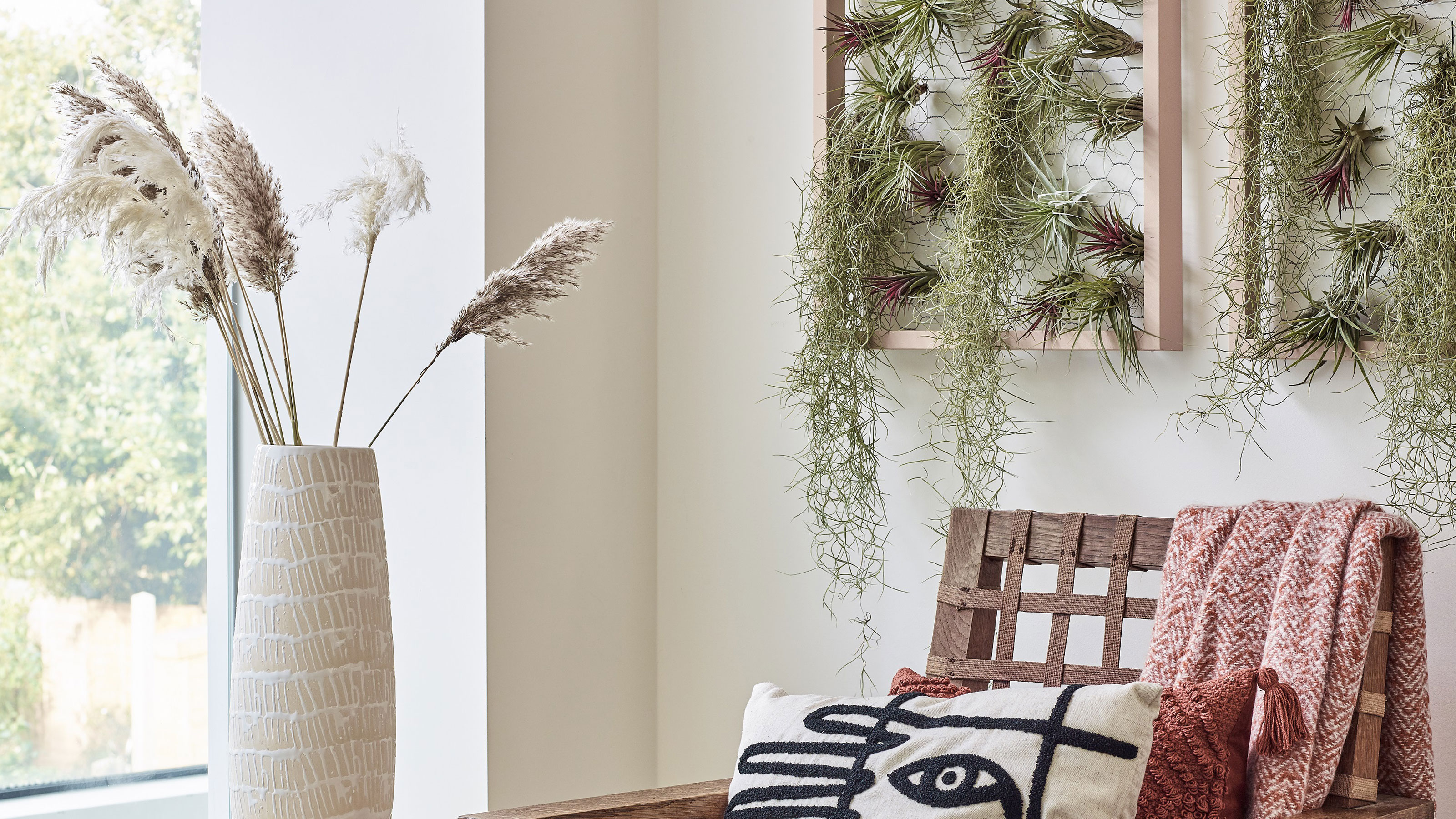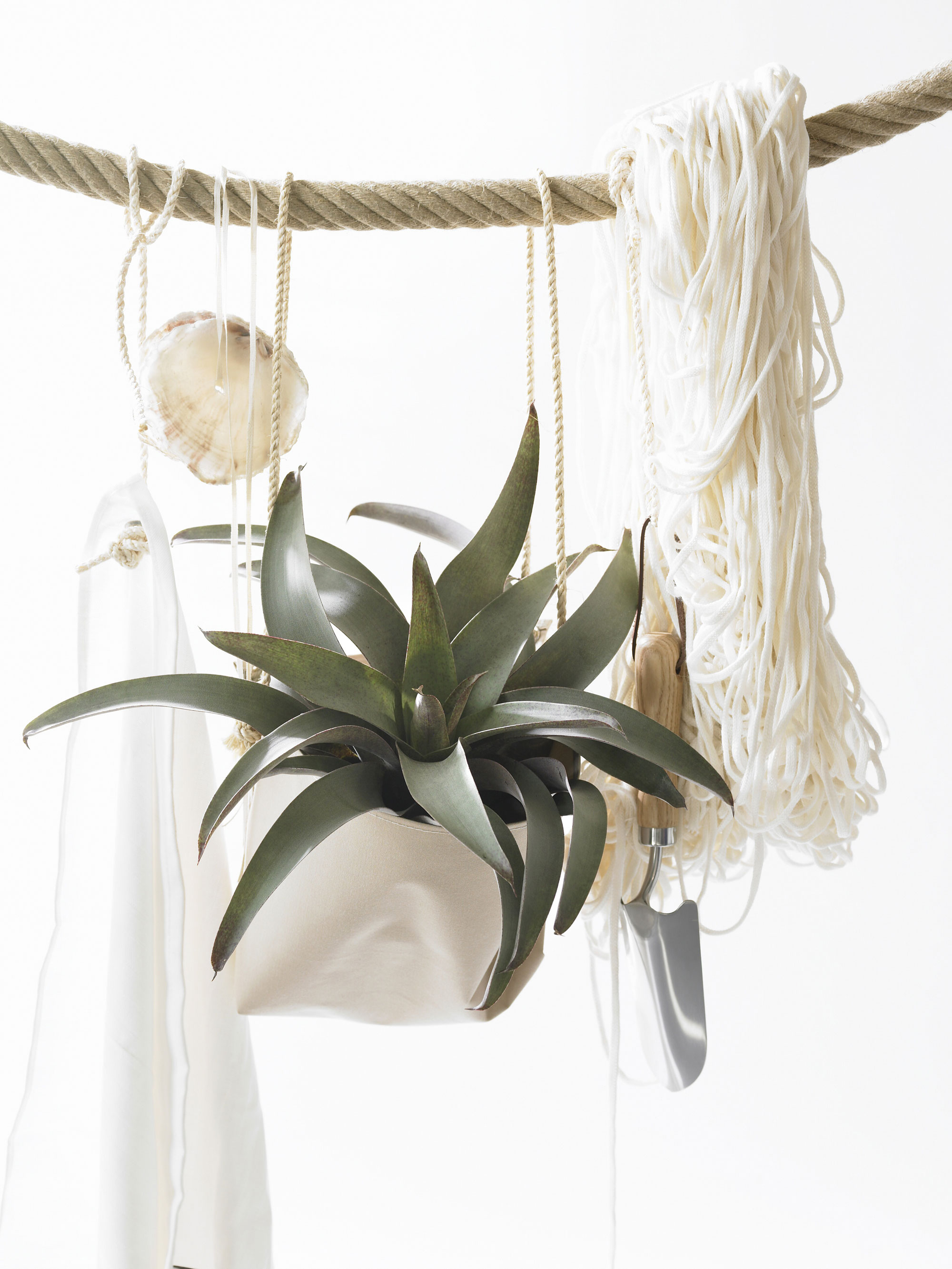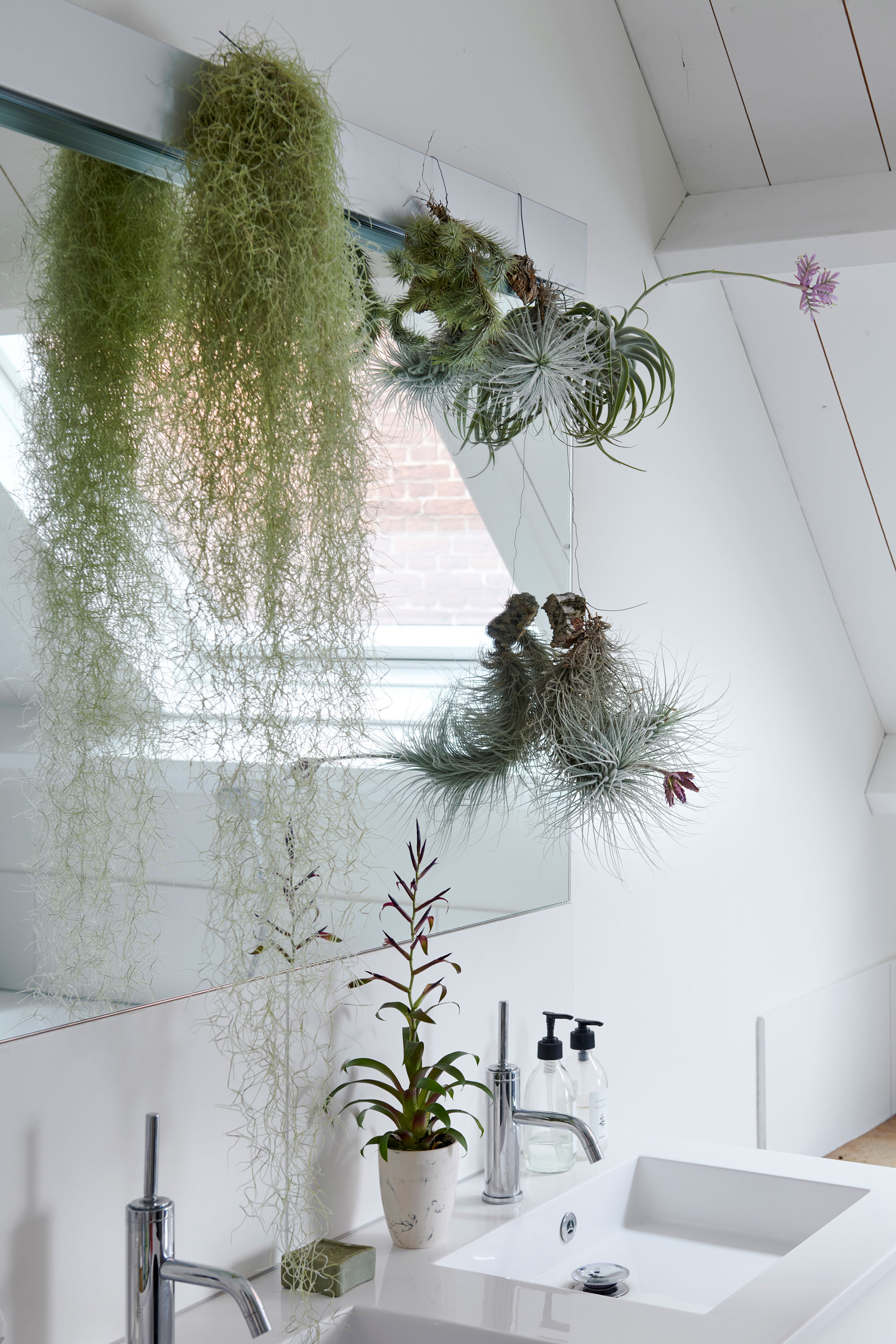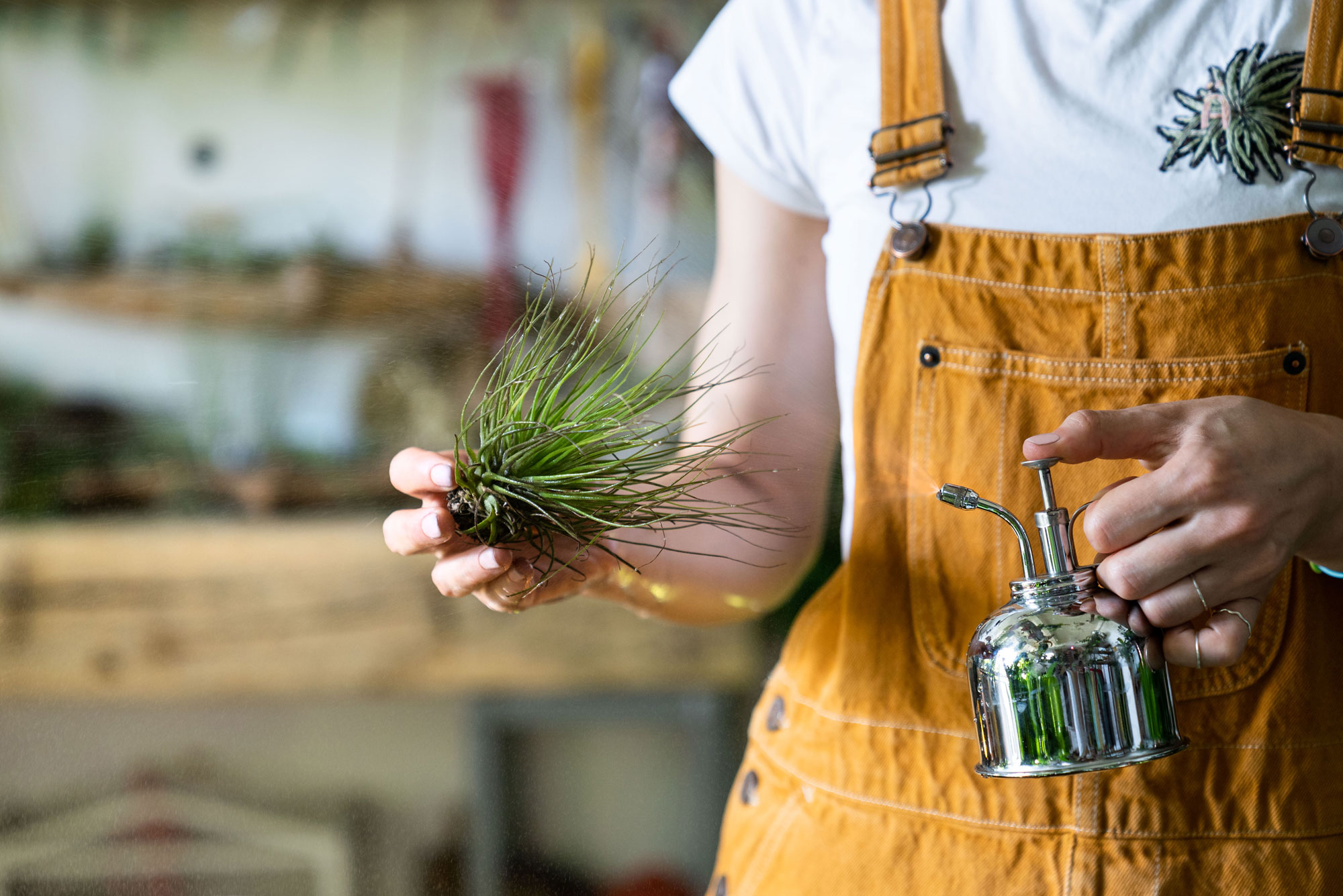Air plant care – how to keep your Tillandsia looking its best
Experts offer their best air plant care and watering tips, so you can keep this stylish houseplant healthy and happy


If you're a first-time owner, you might need some air plant care advice for your newest house plant addition. Just by looking at a Tillandsia, you get the impression that it's not like other plants, and you'd be right, but don't let that put you off.
'Air plants are low maintenance and easy to care for – they gather nutrients from the air and do not need soil,' explains Chanel de Kock from TheJoyofPlants. These characteristics mean that not only can you get creative displaying air plants, but they should hang around for a while too, bringing a green touch to your interior scheme.
But what do you need to know about how to care for air plants? Here, we answer the most commonly asked questions, with help from the experts.
How to care for air plants
The key to keeping an air plant healthy and happy largely lies with water. Air plants shouldn't be planted in soil, as this is too moist for them, and will cause them to rot. However, while air plants do draw the moisture they need from the air, if their environment isn't humid enough, they'll need a helping hand.
You can also aid an air plant's growth by using a specialist air plant fertilizer in spring and summers months.
'Air plants can gather dust, so have a dedicated microfibre cloth or feather duster to give the leaves a good clean,' says Bloom & Wild's plant expert Keira Kay. 'This will also aid photosynthesis, as dust blocks the light from the surface of the leaves.'

Where do you put air plants?
'Many plant failures are due to placement because, just like people, every plant likes different things,' says Keira Kay, plant expert at Bloom & Wild.
The Livingetc newsletters are your inside source for what’s shaping interiors now - and what’s next. Discover trend forecasts, smart style ideas, and curated shopping inspiration that brings design to life. Subscribe today and stay ahead of the curve.
Think about natural light to start with. 'Keep air plants in bright rooms,' says Beth Chapman, founder of Leaf Envy, 'but away from direct sunlight.' A west or east-facing room is perfect for an air plant but, just like prayer plant care, you should avoid south-facing rooms, especially in summer when bright sunlight might scorch their leaves.
If you have a north-facing room, greener-leaved Tillandsia varieties will do better in homes with lower levels of natural light than silvery-leaved types, which prefer brighter sunshine.

For an easy maintenance air plant, choose a humid environment for them. 'They love high humidity (think of a rainforest), so they tend to thrive in bathrooms where they look great hanging in groups of various sizes from hooks against your bathroom walls or your shower door,' says TheJoyofPlants' Chanel de Kock. Avoid placing air plants near towel rails, radiators or heated floors, however.
'There are many ingenious ways to display your air plants adding gorgeous tones of green at different heights without taking up shelf space.' They can sit by themselves in shelves, or be used in glass terrariums, as long as they're not planted into soil.
How often should I water my air plant?
'They don't need watering in the traditional sense,' says Leaf Envy's Beth Chapman. 'Simply mist weekly in spring and summer, and fortnightly in autumn & winter.'
Remove air plants from their displays if possible before misting, as this will stop water gathering and prevent moisture issues for the leaves. If you can't remove them, use a fine spray mister to water your air plants, and don't go overboard.
'Dunking them in water is another great way to water air plants,' says Chanel de Kock. To do this submerge the air plants, leaves and all, in a shallow tray or bowl for 20 minutes. Remove and leave to dry properly before returning them to their displays.
It's best to use filtered or rainwater to water air plants over tap water.

How do I know if my air plant is healthy?
Some signs of poor health in other plants such as a white fuzz or mold and curly leaves are actually signs of a healthy air plant. The white fuzz often found on air plants is something called Trichomes, which help the plant absorb water and nutrients from the air.
There are, however, some signs to watch out for. 'If your air plant has yellowing or dry leaf tips it could be a sign of under-watering,' explains Chanel from TheJoyofPlants. 'If it has browning, rotting leaves then it is most likely a sign of overwatering.'
Brown tips can also be a sign of scorching from bright sunlight. Brown leaves can also be related to the age of an air plant. In general, air plants have a lifespan of two to five years.

Hugh is Livingetc.com’s editor. With 8 years in the interiors industry under his belt, he has the nose for what people want to know about re-decorating their homes. He prides himself as an expert trend forecaster, visiting design fairs, showrooms and keeping an eye out for emerging designers to hone his eye. He joined Livingetc back in 2022 as a content editor, as a long-time reader of the print magazine, before becoming its online editor. Hugh has previously spent time as an editor for a kitchen and bathroom magazine, and has written for “hands-on” home brands such as Homebuilding & Renovating and Grand Designs magazine, so his knowledge of what it takes to create a home goes beyond the surface, too. Though not a trained interior designer, Hugh has cut his design teeth by managing several major interior design projects to date, each for private clients. He's also a keen DIYer — he's done everything from laying his own patio and building an integrated cooker hood from scratch, to undertaking plenty of creative IKEA hacks to help achieve the luxurious look he loves in design, when his budget doesn't always stretch that far.